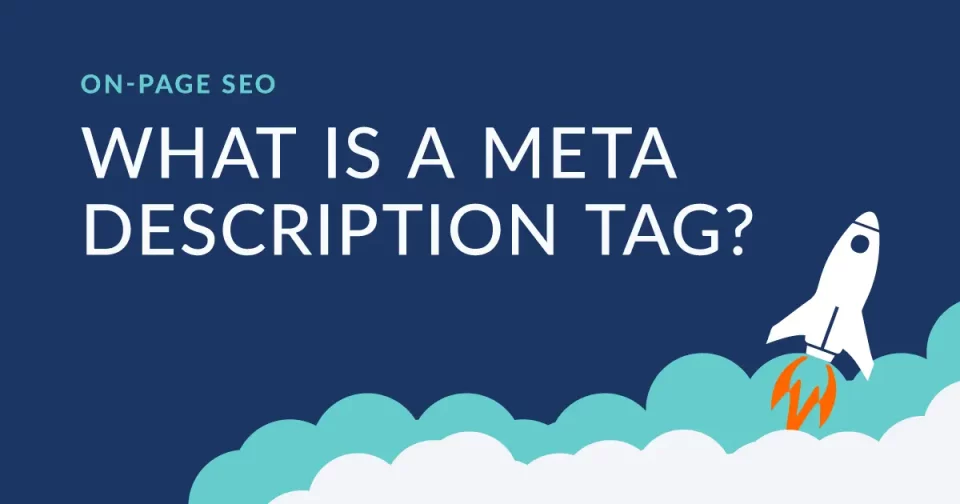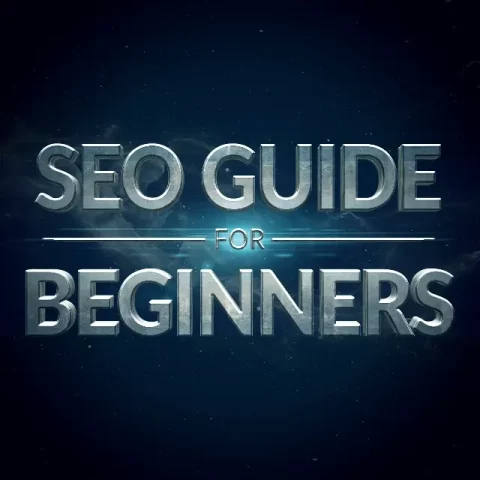
The meta description tag plays a crucial role in search engine optimization (SEO) and website visibility. In this article, we will explore the definition, importance, purpose, and best practices for writing effective meta descriptions. By the end, you’ll have a clear understanding of how to optimize this important element of your web pages in order to drive more traffic and improve your search engine rankings.
Understanding what is a meta description tag can make all the difference. A meta description is an HTML attribute that provides a concise summary of a web page’s content. It appears below the page title in search engine results pages (SERPs) and influences a user’s decision to click through to your website.
Definition of Meta Description Tag
The brief answer to what is a meta description tag is that it’s a brief snippet of text that summarizes the content of a web page. It typically ranges from 50 to 160 characters and should accurately represent the page’s content. Although it doesn’t directly impact search engine rankings, it plays a vital role in attracting visitors and enticing them to click on your website.
Google’s documentation mentions meta description tags as “A meta description tag generally informs and interests users with a short, relevant summary of what a particular page is about.” What Google says matters because they provide insight into what priorities remain relevant with their search algorithm. Google’s own John Mueller clarified their position. “Google’s advice to use it as a summary of what a site visitor can expect to see is aligns with what the intention of the meta description element as described in the official standards as outlined in the W3C documentation.”
Importance of Meta Description Tag
The meta description tag holds significant importance for website owners and SEO practitioners. It serves as an opportunity to showcase your page’s relevance, uniqueness, and value to users. By crafting compelling meta descriptions, you can increase the likelihood of attracting click-throughs, enhancing your website’s visibility, and ultimately driving more organic traffic.
Purpose of Meta Description Tag
The primary purpose of a meta description tag is to provide users with a preview of the web page’s content and encourage them to visit your site. It acts as a persuasive tool, enticing users to click by addressing their search intent and promising valuable information or solutions. A well-written meta description can serve as a mini-advertisement, making your webpage stand out among the sea of search results.
Best Practices for Writing Meta Descriptions
To create compelling meta descriptions that captivate users and improve click-through rates, consider the following best practices:
1. Length and Character Limit
Keep your meta descriptions within the optimal length of 50 to 160 characters to ensure they appear complete in search engine results. This length constraint encourages concise and impactful descriptions that capture users’ attention.
2. Relevant Keywords and Phrases
Incorporate relevant keywords and phrases in your meta description that align with the page’s content and the user’s search intent. This helps search engines understand the relevance of your page and improves its visibility for relevant queries.
3. Unique and Engaging Descriptions
Craft unique and engaging meta descriptions for each page, highlighting its distinctive features, benefits, or value propositions. Make sure your descriptions accurately represent the page’s content to set appropriate expectations for users.
4. Clear and Concise Language
Use clear and concise language in your meta descriptions to convey the main idea effectively. Avoid jargon or complex terminology that might confuse or alienate your target audience.
5. Calls-to-Action
Incorporate strong and compelling calls-to-action (CTAs) in your meta descriptions to entice users to take action. Phrases like “Learn more,” “Discover,” or “Get started” can prompt users to click and engage with your website.
6. Avoiding Duplicate Meta Descriptions
Ensure each page has a unique meta description to prevent search engines from considering them as duplicate content. Duplicate meta descriptions can negatively impact your SEO efforts and dilute the visibility of your web pages.
Meta Description Tag and SEO
Meta descriptions indirectly influence your website’s search engine rankings and overall SEO strategy. While search engines may not use meta descriptions as a direct ranking factor, they can impact other crucial SEO elements, such as click-through rates and user engagement.
Impact on Search Engine Rankings
While meta descriptions themselves don’t have a direct impact on search engine rankings, they can indirectly influence them. By crafting compelling meta descriptions that entice users to click through to your website, you increase the likelihood of obtaining valuable backlinks and user engagement signals, which positively impact your search engine rankings.
Increasing Click-Through Rates
A well-written and enticing meta description can significantly improve your click-through rates (CTRs). When users find your meta description compelling and relevant to their search query, they are more likely to click on your website in search results, generating more organic traffic and potential conversions.
Conclusion
Knowing what is a meta description tag is an important consideration in on-page SEO. These concise snippets of text play a pivotal role in attracting users, improving click-through rates, and enhancing search engine visibility. By following the best practices outlined in this article, you can optimize your meta descriptions and drive more organic traffic to your website.















